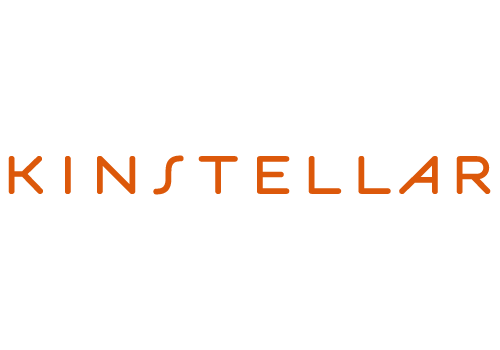August 2020 – On 1 August 2020, pivotal amendments to Ukraine's renewable energy regulation have come into force (the RES Law). The RES Law implements the Memorandum of Understanding signed on 10 June 2020 between Ukraine's government and the renewable energy associations to stabilise the electricity market (as we reported earlier).
Below we provide an overview of the RES Law.
Reduction of feed-in tariff
The central element of the RES Law is the reduction of the feed-in tariff, also known as a "green" tariff (FIT). The RES Law introduces FIT cuts for photovoltaic (PV) and wind projects, both operational and under construction. The degree of cuts depends on the type of technology (solar or wind), generation capacity, and date of commissioning. The RES Law does not extend power purchase agreements (PPA) and FIT payments beyond 1 January 2030.
Commissioned after 1 January 2020
| § Wind projects | 2.5%[1] |
| § PV projects below 1 MW | 2.5% |
| § PV projects 1–75 MW | |
| - comm. before 1 November 2020 | 2.5% |
| - comm. 1 November 2020 – 31 March 2021 | 30% |
|
60% |
| § PV projects 75 MW and above | |
| - comm. before 1 November 2020 | 2.5% |
| - comm. after 1 November 2020 | 60% |
Commissioned after 1 July 2015
| § Wind projects | 7.5% |
| § PV projects below 1 MW | 7.5% |
| § PV projects 1 MW and above | 15% |
Commissioned before 1 July 2015
| § Wind projects | no cuts |
| § PV projects | FIT cap at 22 eurocents per kWh |
The National Energy and Utilities Regulatory Commission (NEURC) reduced FIT rates for all operational RES projects on 1 August 2020. Revised FIT rates apply starting from the same date.
Cut-off date for RES projects
The RES Law does not set a cut-off date for RES projects. As before, in order to qualify for the FIT, PV projects must be commissioned within two years after the pre-PPA date, and wind farms within three years. Instead, the RES Law limits new solar generation capacity through a radical FIT cut. As seen above, PV projects above 1 MW commissioned after 1 November 2020 will see a 30% to 60% FIT cut.
Stabilisation clause
The RES Law introduces a stabilisation clause to the effect that FIT rates will not be further reduced. RES projects will be protected from changes in Ukrainian law that may occur after the RES Law has entered into force. The stabilisation clause, however, does not cover changes in law in such areas as defence, national security, civil order, or environmental protection.
It is unclear whether the stabilisation clause will shield foreign investors from future changes in taxation. The Law of Ukraine "On Foreign Investment Regime" mentions taxation as an exception from the stabilisation clause, whereas the Law of Ukraine "On Renewable Energy Sources" does not. This uncertainty results from the last-minute amendment to the RES Law.
Local component bonus
The RES Law increases the bonus paid to RES projects commissioned between 1 July 2015 and 31 December 2024 for using locally produced equipment and materials during construction. The bonus is paid in addition to the FIT and is calculated by multiplying the FIT rate by a multiplier, as seen below. NEURC grants the bonus based on the provided calculations and documents.
| Local component bonus | Multiplier |
| 30-50% | 5% |
| 50-70% | 10% |
| > 70% | 20% |
Financial liability for imbalances
Under the RES Law, the financial liability for imbalances will not change only for RES projects below 1 MW. For these, there is a transition period to gradually introduce the balance responsibility. Starting from 2021, these RES projects will pay only 10% of imbalance settlement costs. This share will increase yearly by 10% until 2030. On the other hand, for RES projects above 1 MW the share of the financial liability will be 50% already in 2021 and 100% from 2022.
Additionally, the RES Law halves the deviation tolerance margins for imbalances for all RES projects. Under the original regulations, the financial liability for imbalances did not apply if hourly power output deviated from the hourly generation schedule by 10% for PV projects and by 20% for wind projects. The RES Law reduces the deviation tolerance margins to 5% for PV projects and 10% for wind projects.
Improving liquidity of Guaranteed Buyer
The RES Law introduces several measures to enable repayment of the mounting FIT debt and to ensure timely FIT payments in the future. Firstly, the transmission system operator, Ukrenergo (TSO), must transfer 35% of its income received from cross-border capacity allocation to Guaranteed Buyer for the purpose of debt repayment. Secondly, the government must submit a draft law by 1 November 2020 to issue five-year domestic government bonds for the same purpose.
Thirdly, the government can envisage spending on FIT payments in the amount corresponding to 20% (or more) of the expected yearly total electricity generation. Fourthly, Guaranteed Buyer can trade electricity through bilateral contracts. Finally, TSO's transmission tariff must include the financing TSO provides to Guaranteed Buyer to enable FIT payments.
Compensation for curtailment of renewable generation
Starting from 2021 TSO must compensate RES projects for the curtailment of renewable generation, that is, electricity not dispatched to the grid due to TSO's instructions to limit generation to the ensure operational safety of the grid. TSO's transmission tariff will cover those costs. By 1 September 2020, NEURC must enact a mechanism for the compensation of future and past curtailments.
Renewable energy auctions
As we reported earlier, RES projects not receiving the FIT will be interested in RES auctions, where lots representing output sales to Guaranteed Buyer at the auction price for a period of 20 years will be offered. The RES Law introduces several changes to RES auctions. Firstly, it sets auction price caps:
| Type of technology | Price caps |
| § Wind and solar projects | 9 eurocents per kWh – 2020-2024
8 eurocents per kWh – afterwards |
| § Other RES projects | 12 eurocents per kWh |
Secondly, wind projects above 5 MW with three turbines have lost the exemption from mandatory participation in RES auctions, which existed under the original regulations. Thirdly, the government must approve an annual auction quota (generation capacity offered at RES auctions) for the next year and indicative quotas for the following four years. Fourthly, the government can specify regions of Ukraine (for example, those with an electricity deficit) where new RES projects are to be constructed within the auction quota.
Ancillary provisions
The government must submit a draft law until 1 November 2020 that would allow RES projects:
- to exit the balancing group of Guaranteed Buyer, form their own balancing groups, and either become or choose a balance responsible party; and
- to sell electricity on the wholesale market and to receive from Guaranteed Buyer the difference between the FIT (or the auction price) and the electricity market price.
_____________________
[1] The percentage represents what is subtracted from existing FIT rates.
For further information please contact:
Olena Kuchynska, Managing Partner, at olena.kuchynska@kinstellar.com,
Oleksandr Plachynta, Associate, at oleksandr.plachynta@kinstellar.com, or
visit our website.



